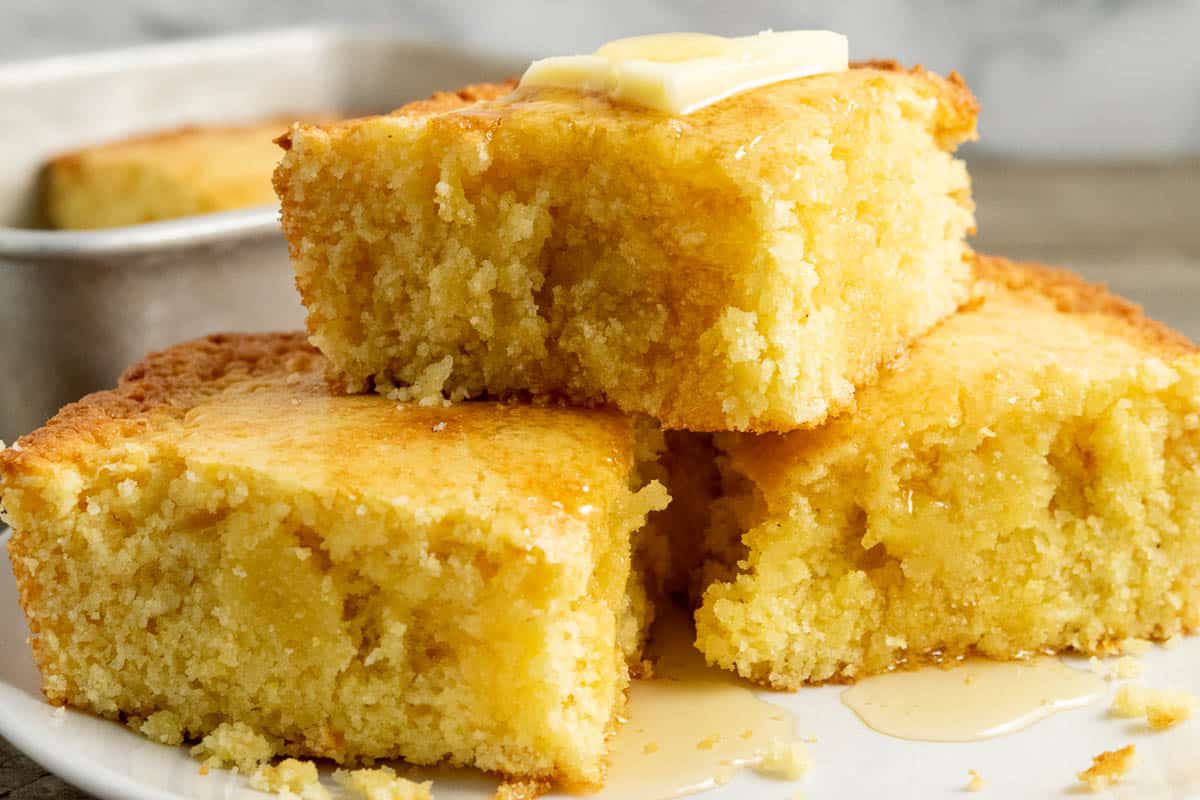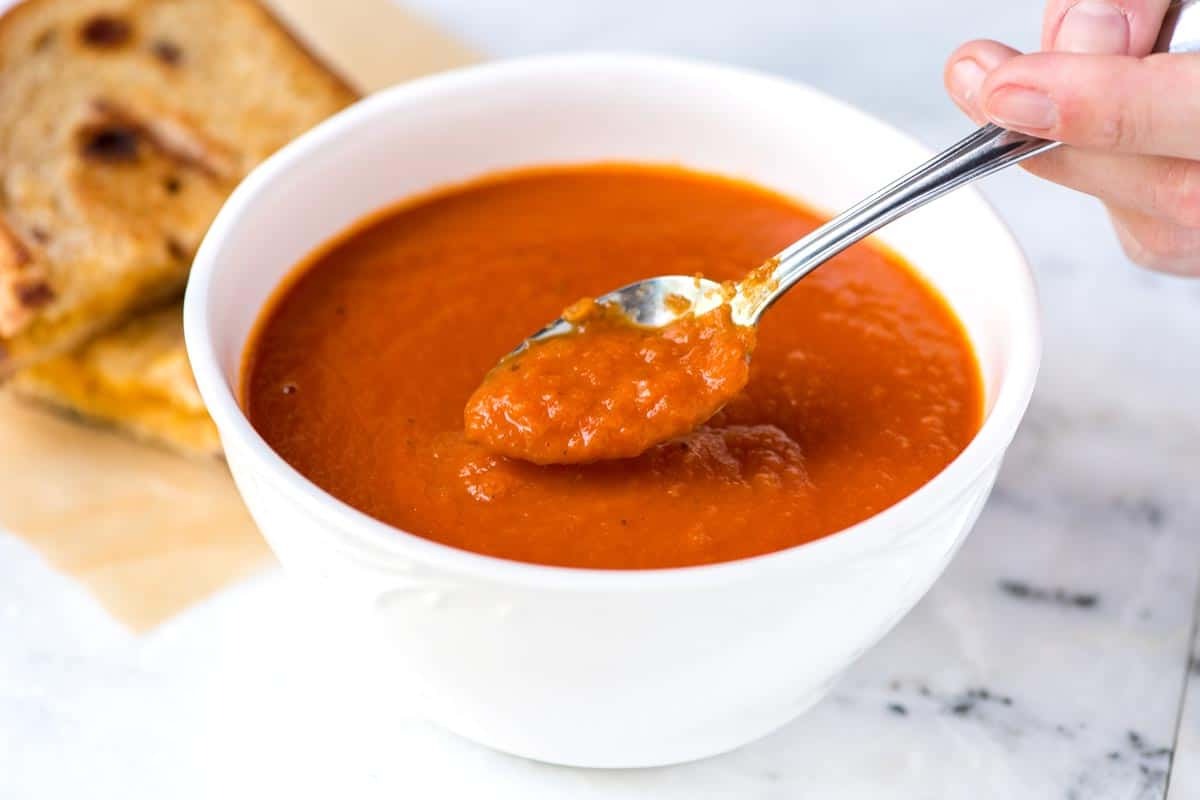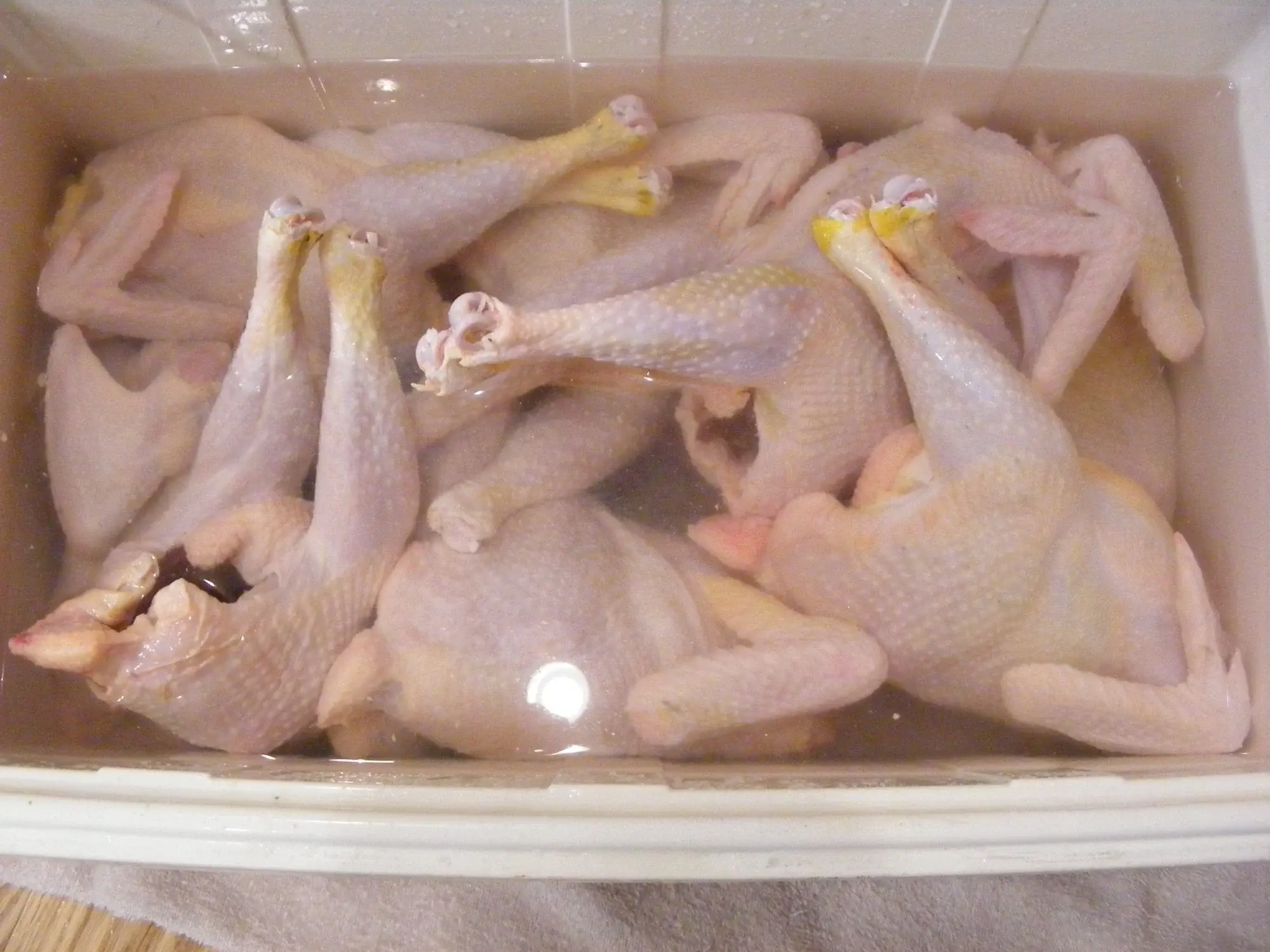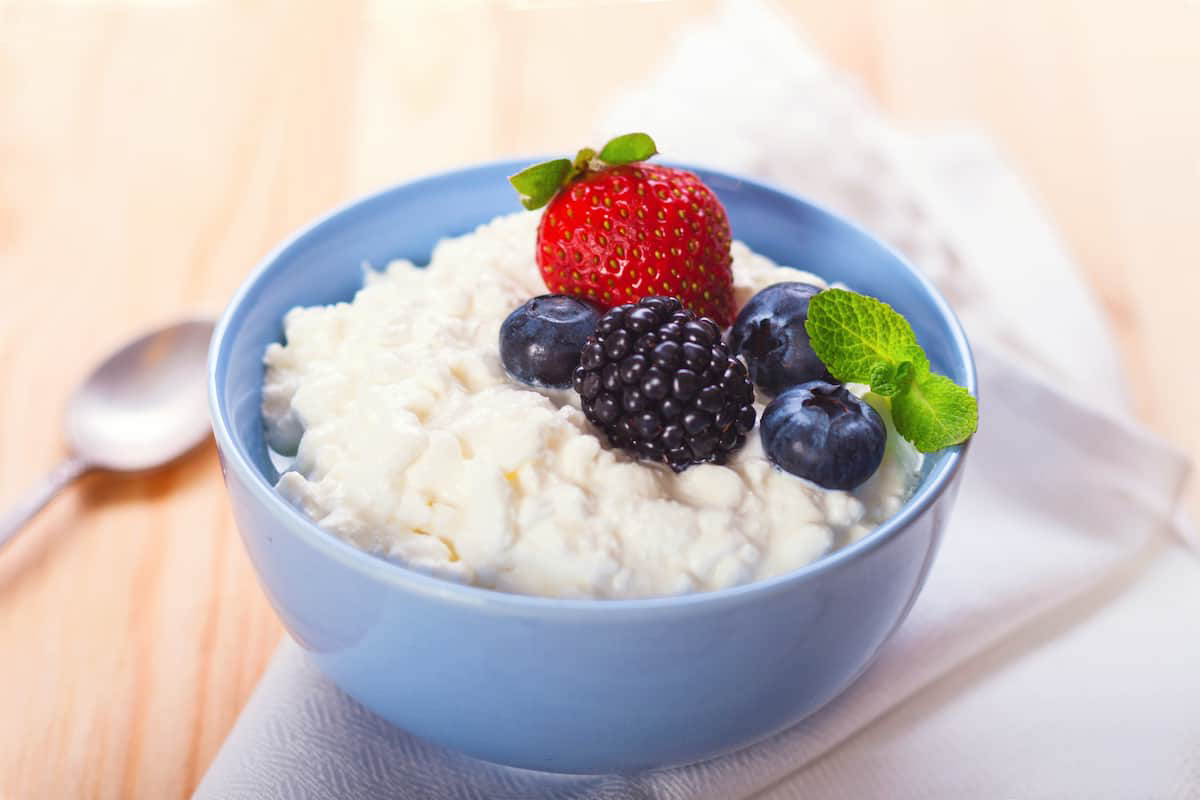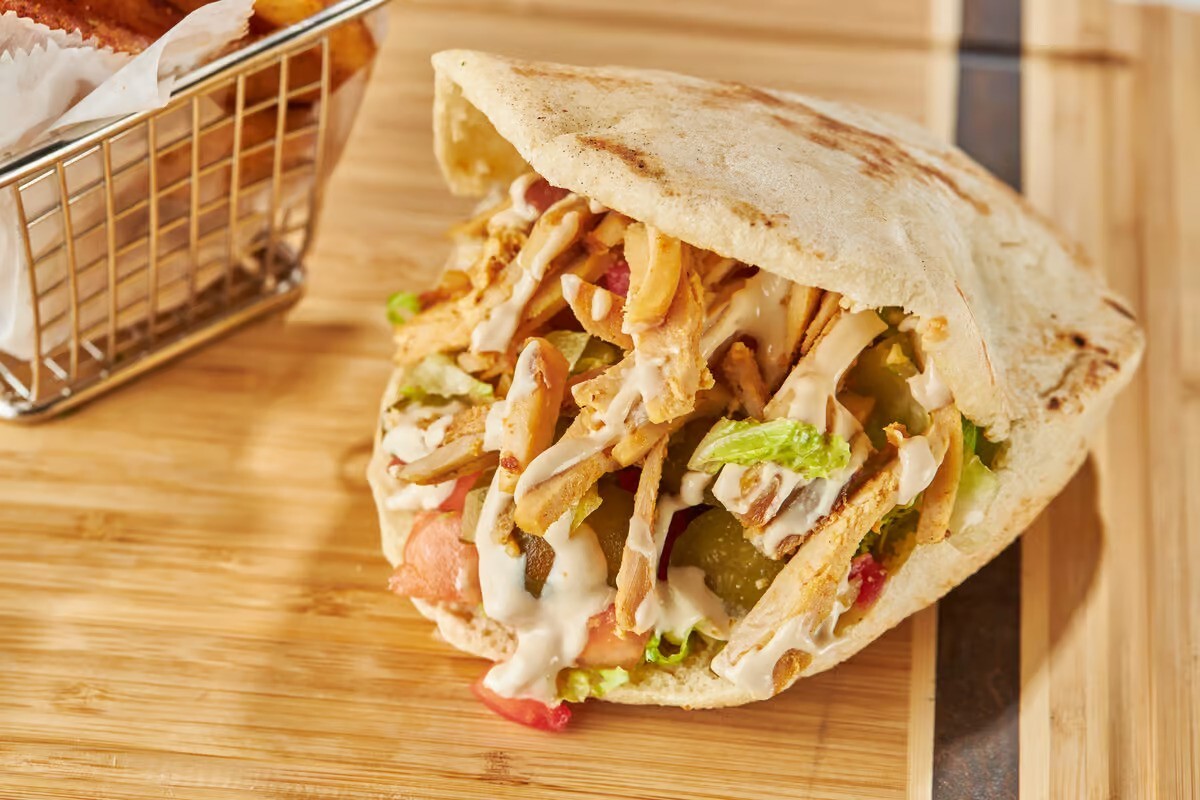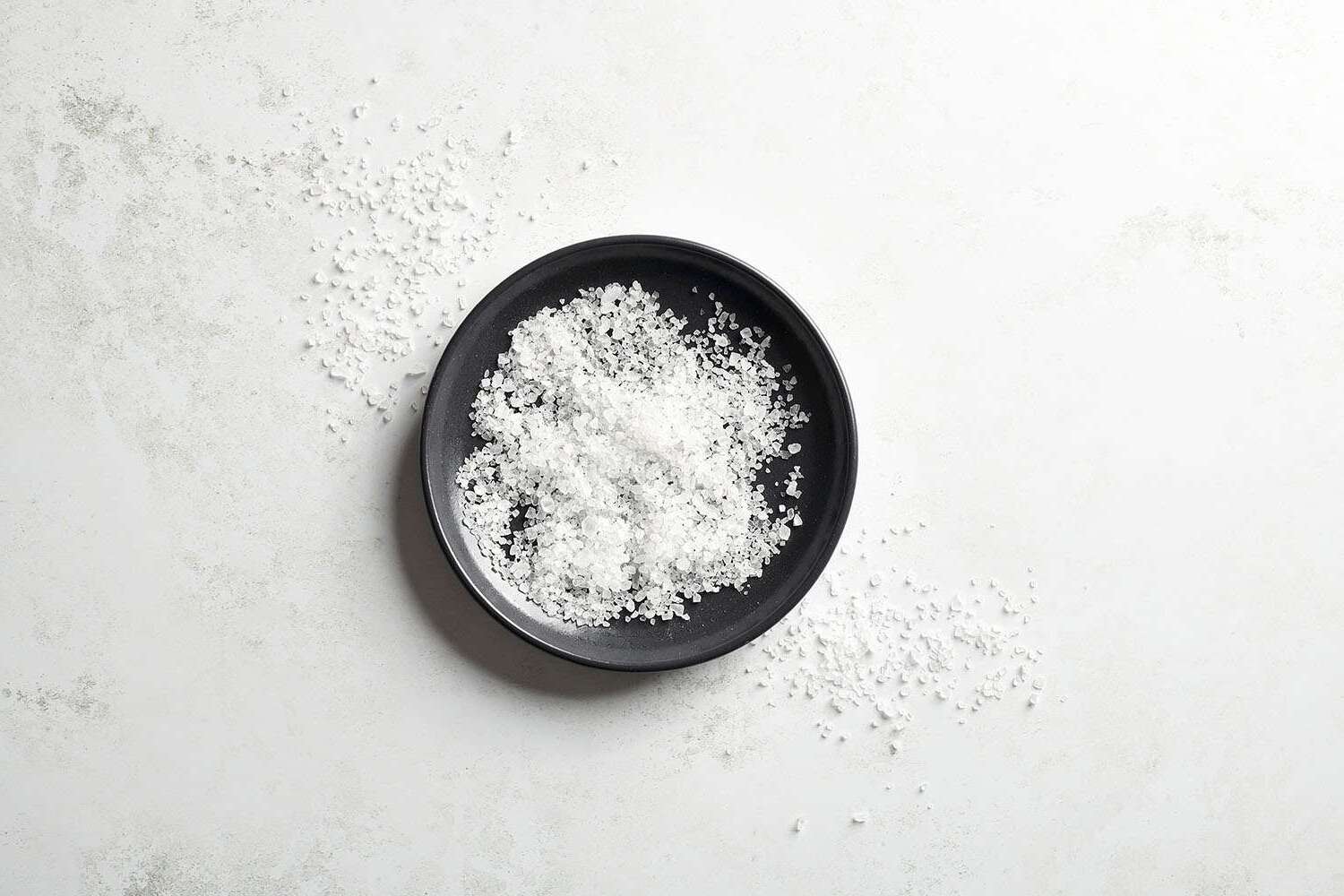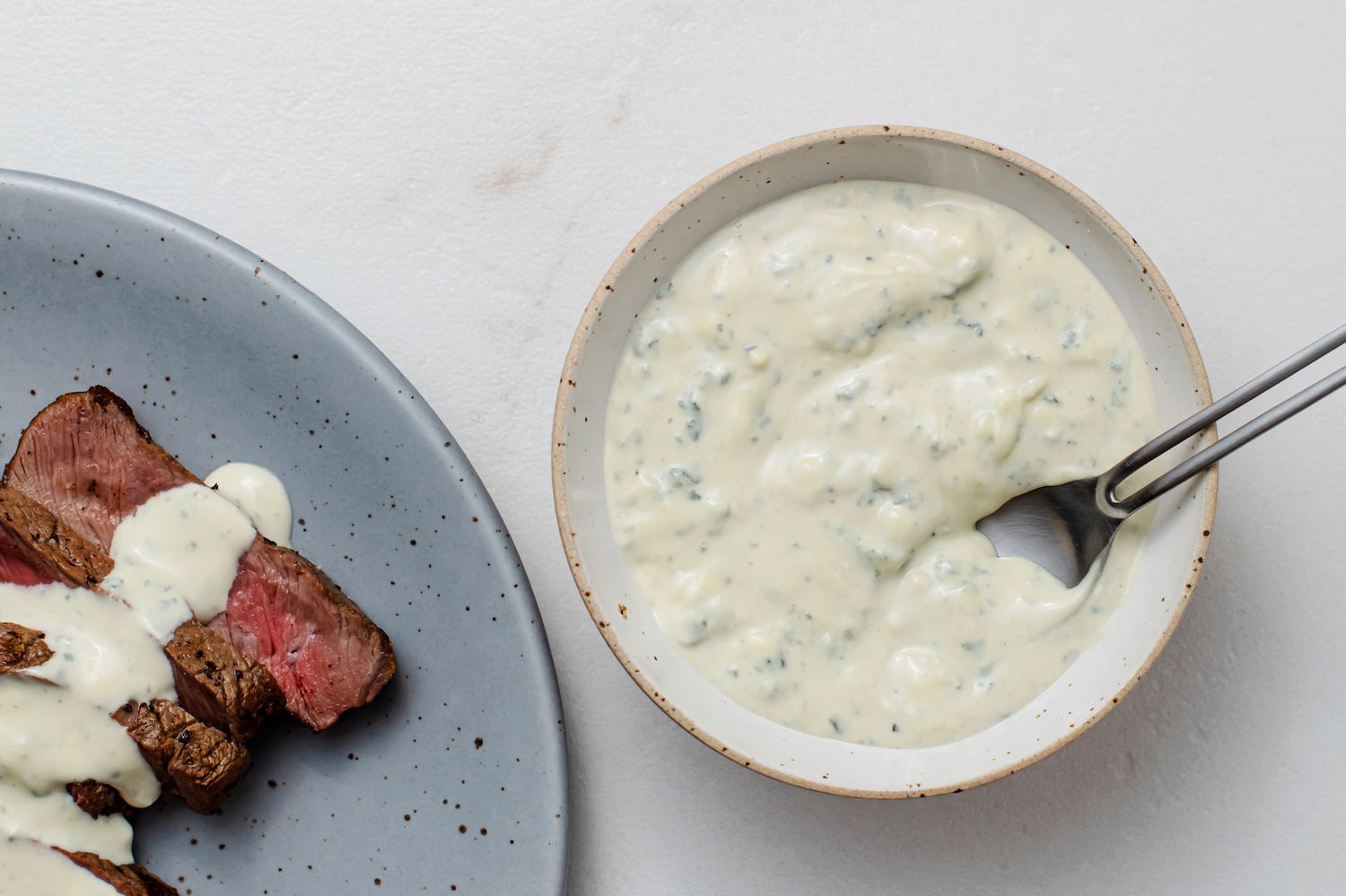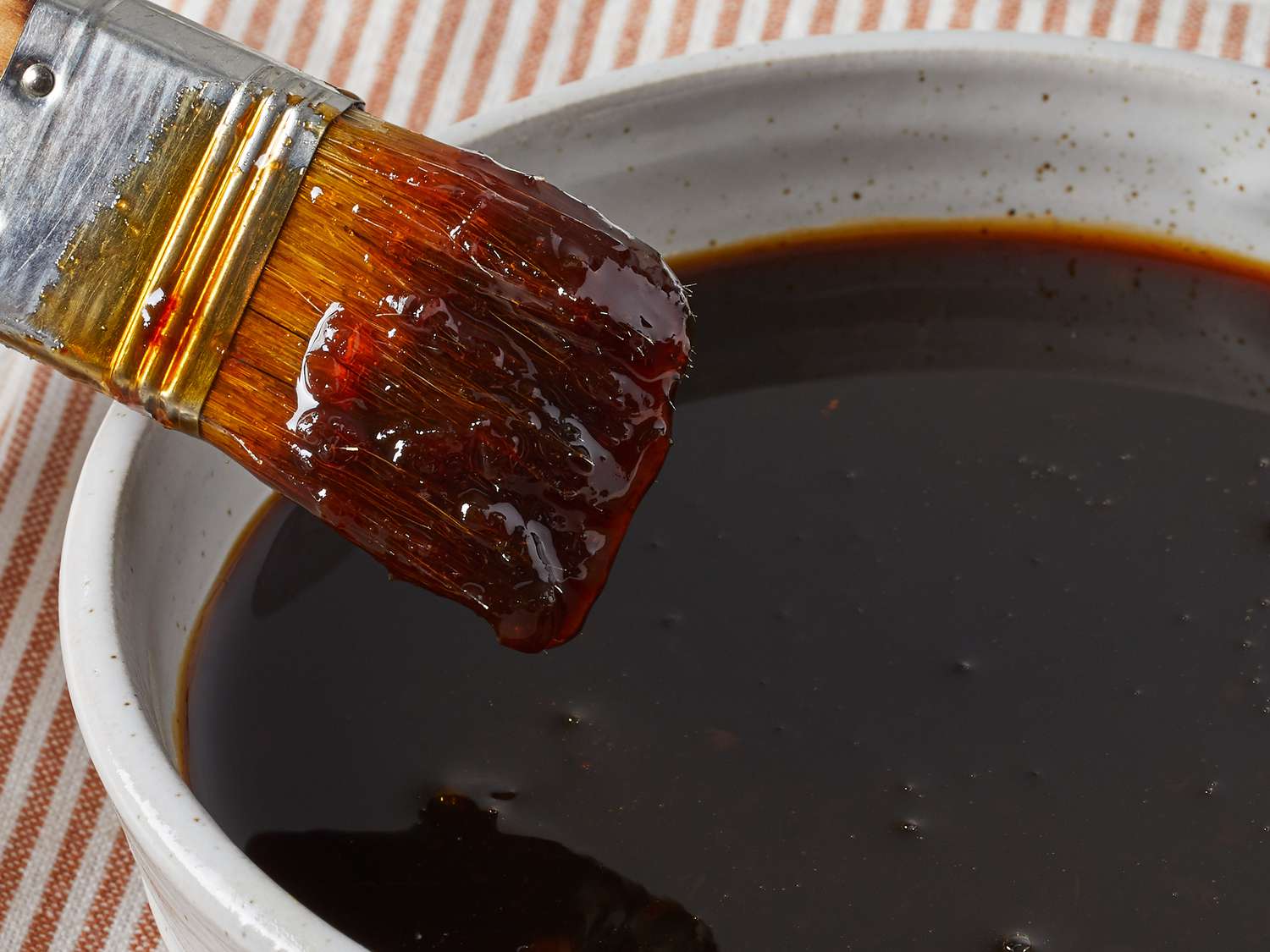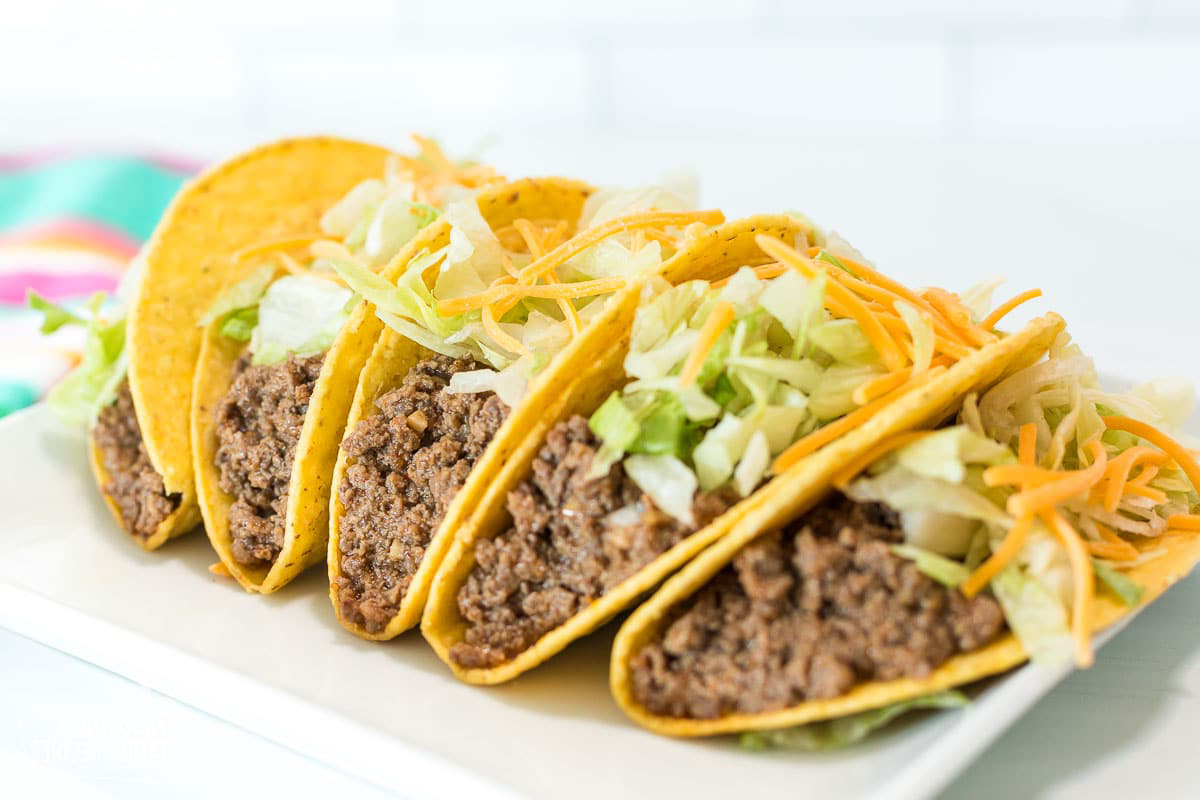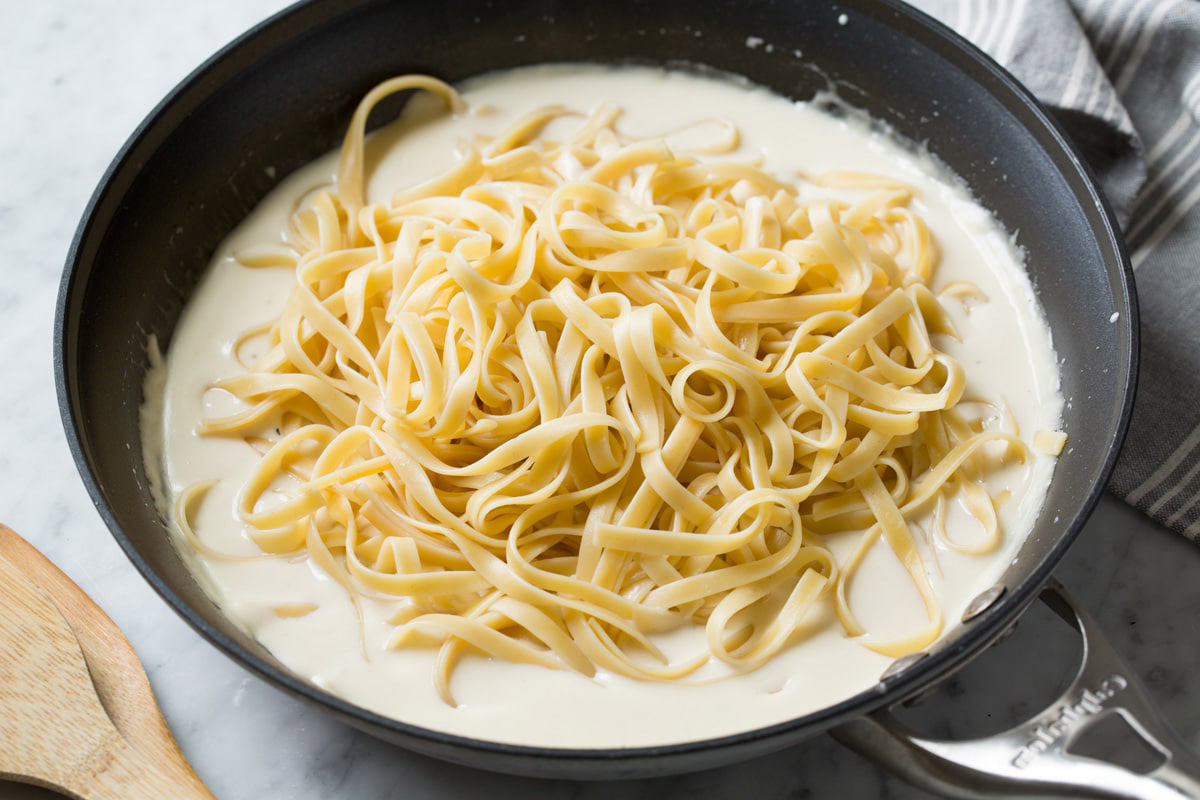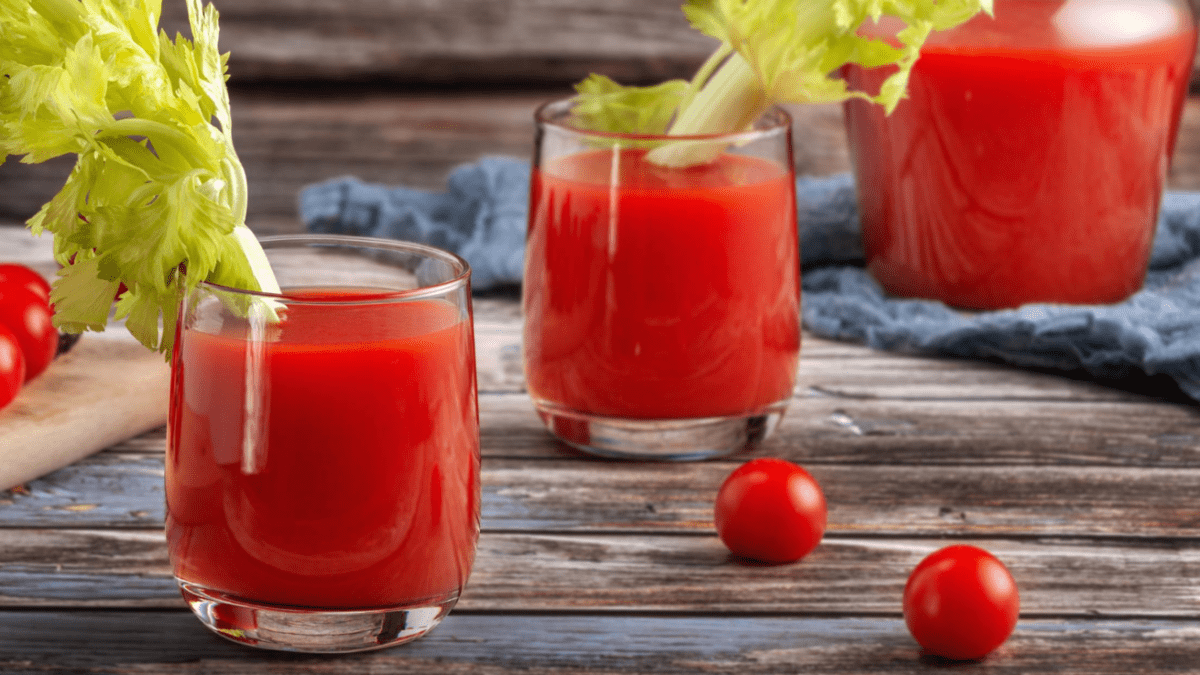The Difference Between Prosecco and Champagne
When it comes to sparkling wines, two names that often come to mind are Prosecco and Champagne. While both are popular choices for celebrations and special occasions, there are some key differences between the two that are worth exploring. Let’s take a closer look at what sets Prosecco and Champagne apart.
Origin and Production
Champagne: Champagne is a sparkling wine that hails from the Champagne region of France. It is made using the traditional method, also known as the méthode champenoise, where the secondary fermentation that creates the bubbles occurs in the bottle. This process gives Champagne its characteristic effervescence and complexity.
Prosecco: Prosecco, on the other hand, comes from the Veneto region of Italy. It is primarily made using the Charmat method, where the secondary fermentation takes place in stainless steel tanks. This method results in a lighter, fruitier style of sparkling wine.
Grape Varieties
Champagne: The primary grapes used in Champagne production are Chardonnay, Pinot Noir, and Pinot Meunier. These grapes contribute to the rich and diverse flavor profile of Champagne.
Prosecco: Prosecco is typically made from the Glera grape, although small amounts of other grape varieties may also be used. Glera grapes are known for their crisp and aromatic characteristics, which are reflected in the flavor of Prosecco.
Flavor Profile
Champagne: Champagne is known for its complex flavors, which can include notes of citrus, brioche, and toasted nuts. The traditional method of production and the grape varieties used contribute to Champagne’s depth and sophistication.
Prosecco: Prosecco is often described as having bright, fruity flavors such as green apple, pear, and floral notes. Its lighter and more approachable taste makes it a popular choice for casual gatherings and everyday enjoyment.
Quality and Pricing
Champagne: Due to its prestigious reputation and labor-intensive production process, Champagne tends to be more expensive compared to Prosecco. It is often associated with luxury and is a popular choice for formal events and celebrations.
Prosecco: Prosecco is generally more affordable and accessible, making it a go-to option for casual get-togethers and brunches. Its easy-drinking nature and wallet-friendly price point have contributed to its widespread popularity.
Pairing and Occasions
When it comes to pairing with food, both Prosecco and Champagne offer versatility:
- Champagne: Its complexity and acidity make Champagne a great match for a wide range of dishes, including seafood, poultry, and creamy cheeses. It is also a classic choice for toasts and formal events.
- Prosecco: The light and refreshing character of Prosecco makes it an ideal partner for appetizers, light salads, and fruit-based desserts. It is often enjoyed in more casual settings and is a popular ingredient in cocktails such as mimosas and bellinis.
Conclusion
While both Prosecco and Champagne are beloved for their effervescence and celebratory nature, they each offer a unique experience. Whether you’re sipping Champagne at a black-tie affair or enjoying Prosecco at a laid-back gathering, understanding the differences between the two can enhance your appreciation for these delightful sparkling wines.
Next time you’re selecting a bottle of bubbly, consider the occasion, your preferences, and the distinct characteristics of Prosecco and Champagne to make the perfect choice for your celebration.
Was this page helpful?
Read Next: What Is Valdostano?
